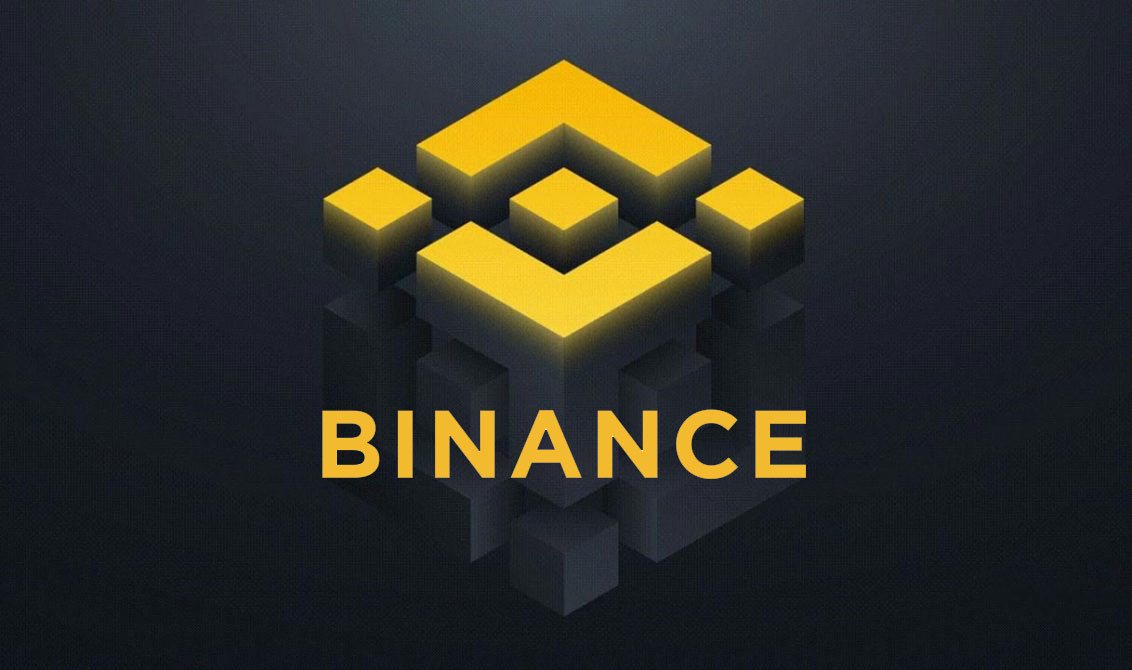Binance Faces Growing Scrutiny Over Potential Role in Hyperliquid Attack
27.03.2025 19:00 2 min. read Alexander Stefanov
Binance CEO Richard Teng recently doubled down on the company's dedication to transparency, security, and compliance.
However, the timing of this assertion has raised significant questions, as it coincides with rising suspicions that Binance might have been involved in an attack on Hyperliquid, a decentralized exchange viewed by some as a potential threat to centralized platforms like Binance. The crypto community has not missed the irony, with many pointing out the contrast between Teng’s statements and the ongoing controversy surrounding Binance.
The situation is complex and disturbing. The attack on Hyperliquid began with a calculated strategy by an unknown assailant who shorted JELLY futures while simultaneously purchasing large amounts of the meme coin on-chain, inflating its price artificially. This was followed by a strategic self-liquidation, which forced Hyperliquid’s liquidity provider to absorb a staggering $4.5 million loss.
As the price of JELLY continued to surge, a second wallet took a long position, securing substantial profits while Hyperliquid struggled to manage its exposure. In total, the exchange ended up losing over $10 million.
The controversy deepened when blockchain analysis traced the funds used in the attack to OKX and Binance. This has led to speculations that centralized exchanges may have orchestrated the attack to destabilize Hyperliquid.
These theories gained more momentum when both exchanges announced the listing of JELLY perpetual futures around the same time the attack unfolded, further fueling concerns about the involvement of larger platforms. This backdrop of suspicion casts a shadow over Teng’s claims of compliance and transparency at Binance, leaving many to question the company’s true role in the unfolding drama.
-
1
Here’s How Much Elon Musk Has Lost Since Splitting from Trump
08.06.2025 16:00 1 min. read -
2
Circle Soars in NYSE Debut Amid Surging Stablecoin Interest — But Not Everyone’s Cheering
06.06.2025 11:00 2 min. read -
3
Yuga Labs Moves to Dismantle ApeCoin DAO in Favor of Centralized Structure
07.06.2025 15:00 2 min. read -
4
CETUS DEX Returns After Major Exploit, Faces Mixed Reaction from Users
09.06.2025 20:00 1 min. read -
5
Tether’s Hypothetical IPO Could Value It Above Coca-Cola, CEO Suggests
10.06.2025 11:00 1 min. read
SoFi Returns to Crypto with Trading, Staking, and Blockchain Transfers
Digital banking platform SoFi Technologies is making a strong return to the cryptocurrency space, relaunching its crypto trading and blockchain services after stepping away from the sector in late 2023.
Chinese Tech Firms Turn to Crypto for Treasury Diversification
Digital assets are gaining ground in corporate finance strategies, as more publicly traded companies embrace cryptocurrencies for treasury diversification.
Ripple Faces Legal Setback as Court Rejects Bid to Ease Penalties
Ripple has been dealt another legal blow after a federal judge rejected its attempt to ease court-imposed restrictions and penalties stemming from its long-standing battle with the U.S. Securities and Exchange Commission (SEC).
BIS Slams Stablecoins, Calls Them Ill-Suited for Modern Monetary Systems
Stablecoins are failing where it matters most, says the Bank for International Settlements (BIS), which sharply criticized the asset class in its latest annual report.
-
1
Here’s How Much Elon Musk Has Lost Since Splitting from Trump
08.06.2025 16:00 1 min. read -
2
Circle Soars in NYSE Debut Amid Surging Stablecoin Interest — But Not Everyone’s Cheering
06.06.2025 11:00 2 min. read -
3
Yuga Labs Moves to Dismantle ApeCoin DAO in Favor of Centralized Structure
07.06.2025 15:00 2 min. read -
4
CETUS DEX Returns After Major Exploit, Faces Mixed Reaction from Users
09.06.2025 20:00 1 min. read -
5
Tether’s Hypothetical IPO Could Value It Above Coca-Cola, CEO Suggests
10.06.2025 11:00 1 min. read


